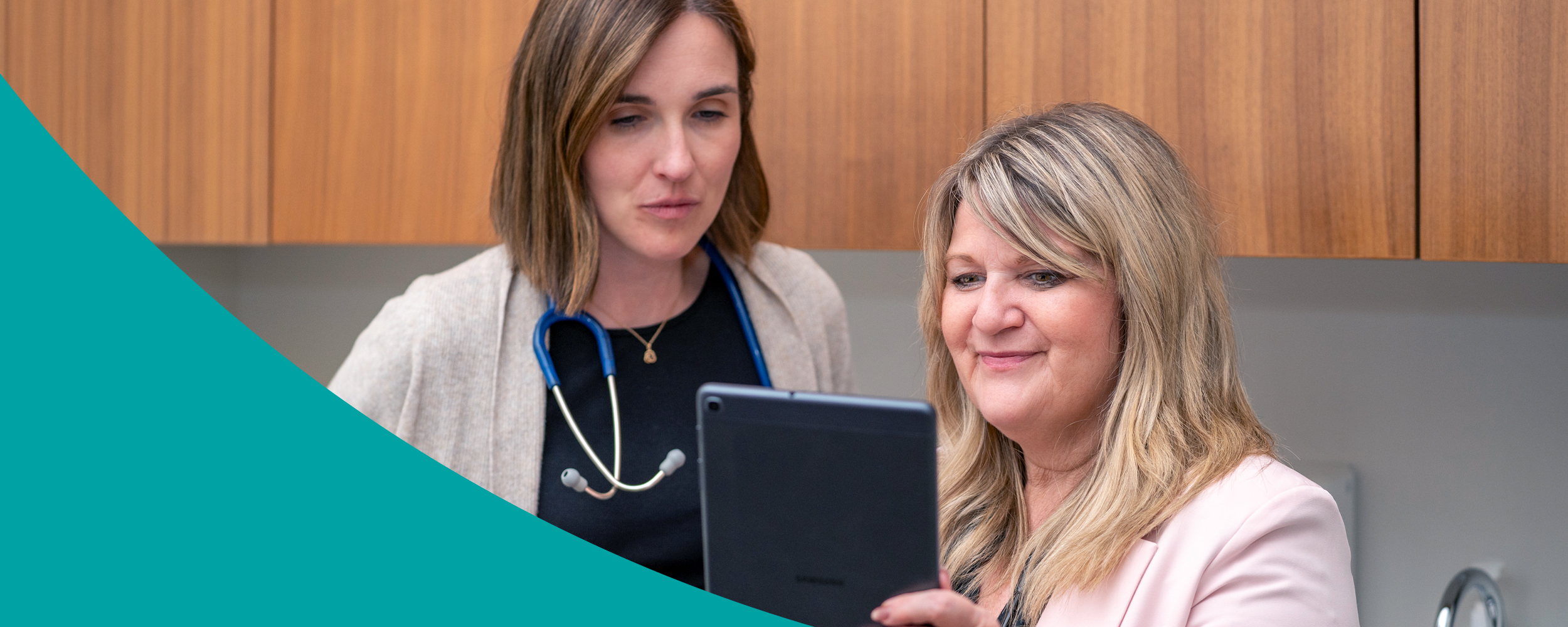End user satisfaction with eReferral
Digital health tools, including electronic referral, are being introduced with the goal of improving efficiency and quality of care while also increasing the connectedness of the healthcare system.1The Digital Health Playbook notes that digital health tools allow clinicians and health service providers to access the information they need when they need it.1 Digital health tools need allow providers the ability to provide care while minimizing the time lost to inefficient and redundant activities.1 Yet the impact on the care providers’ workflow can be unclear and acceptance of the tools relies on many factors.2
Often, digital health tools show lower levels of user satisfaction due to poor design leading to higher mental workload on the user.2 This leads to ineffective workarounds and increased frustration with the tool.2Digital health tools are accepted and viewed positively when they promise positive effects on daily workflow activities.3 Acceptance is increased when goals in patient care can be achieved more quickly, efficiently, and at a higher quality.3
The eReferral User Satisfaction Survey assesses the users’ satisfaction with the Ocean eReferral solution to better understand the acceptance and usability of the tool. This is crucial to understanding the needs of the end users of the tool and to learn how and where solution improvements and modifications are required. The survey results also show the benefits that are seen when electronic referral is implemented in the referral process and how the digital health tool can improve the workflow of those involved.
The results of the User Satisfaction Survey show the high level of satisfaction with the eReferral tool in Ontario. The benefits of using eReferral throughout the referral process provide key workflow improvements compared to the other fax-based methods of referring as noted by the users themselves. The results also show acceptance and encouragement for the system exhibiting the positive view eReferral users have for the solution.
Key takeaways
Users of eReferral are satisfied with the eReferral platform and find it helpful in their day-to-day referral processing practices –in both Primary Care and Specialist Care settings
The uptake of eReferral across Ontario has been substantial, with over 200,000 referrals processed to date and over 2,000end users having adopted the solution. All Ocean eReferral users from across Ontario were surveyed in July 2020 and a total of 212 responses were received. A high level of satisfaction and many benefits were reported by the users of eReferral. The key results of the survey are shown below.
Key Information
- 43% of users surveyed noted that their usage of eReferral has increased over the past six months
- 70% of end users use the eReferral solution multiple times a week to either send, receive or process referrals
- 70% of users agree eReferral improves communication
- 72% of users agree that eReferral makes it easier to track referrals
- The user satisfaction survey provides a way for users to log feedback on the solution that the Ontario eServices Program team logs for future enhancements
- End user feedback is crucial in creating aneffective, usable eReferral solution
eReferral should definitely be the only way to send and receive referrals. Faxes should not be the norm in 2020.
Office Administrator
West Region Specialist Office
I love using eReferral… I much prefer it over paper referrals that get lost… I wish more receiving facilities used it.
PCP, Central Region
Primary Care Office
Acknowledgments
The Ontario eServices Program delivers digital services (eConsult and eReferral are the first initiatives in the scope of the program) that support clinical workflows and facilitate smoother transitions in care and an improved patient experience. The Ontario eServices Program is co-led by the Ontario eConsult Centre of Excellence (eConsult COE) and the eHealth Centre of Excellence (eCE) and is funded by the Ontario Ministry of Health (MOH).
1Ministry of Health. Digital Health Playbook. 2019. http://health.gov.on.ca/en/pro/programs/connectedcare/oht/docs/dig_health_playbook_en.pdf
2Unni, P., Staes, C., Weeks, H., Kramer, H., Borbolla, D., Slager, S., Taft, T., Chidambaram, V., & Weir, C. (2017). Why aren’t they happy? An analysis of end-user satisfaction with Electronic health records. AMIA Annual Symposium proceedings. AMIA Symposium, 2016, 2026–2035.
3Safi, S., Thiessen, T., & Schmailzl, K. J. (2018). Acceptance and Resistance of New Digital Technologies in Medicine: Qualitative Study. JMIR Research Protocols, 7(12). https://doi.org/10.2196/11072
Interested in learning more?
Interested in partnering with us or learning more about
what we can offer you? Please reach out here.
Get the latest resources and insights
-

Patient experience with eReferral in Ontario Health Toronto Region
Patients who are emailed appointment information and reminders report an improved healthcare experience and prefer…
-

Case Study: Exploring the Impacts of a Single-Entry Model within the Central East Region for DI
Key Takeaways The integration of eReferral and a large hospital information system (HIS), coupled with…
-

Agentic AI: The Missing Link Between Trust and Automation in Primary Care
Agentic AI systems are goal-directed, capable of autonomously planning and executing complex workflows in collaboration…
-

Patient experience with eReferral in Ontario Health West Region
Patients who receive appointment information and reminders through eReferrral, report an improved healthcare experience and…